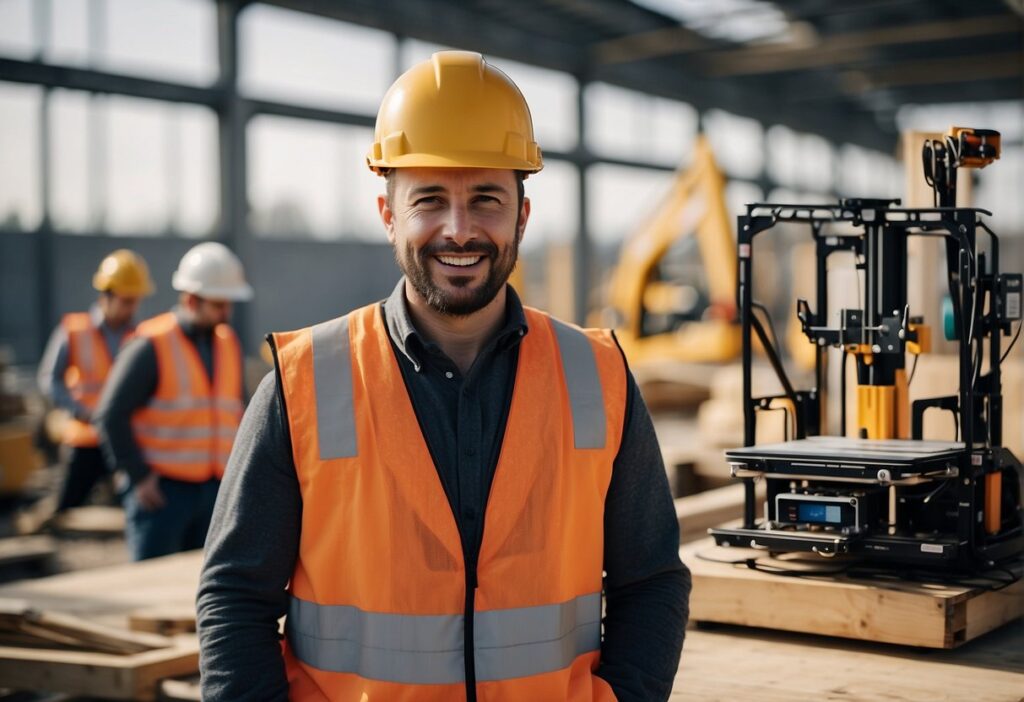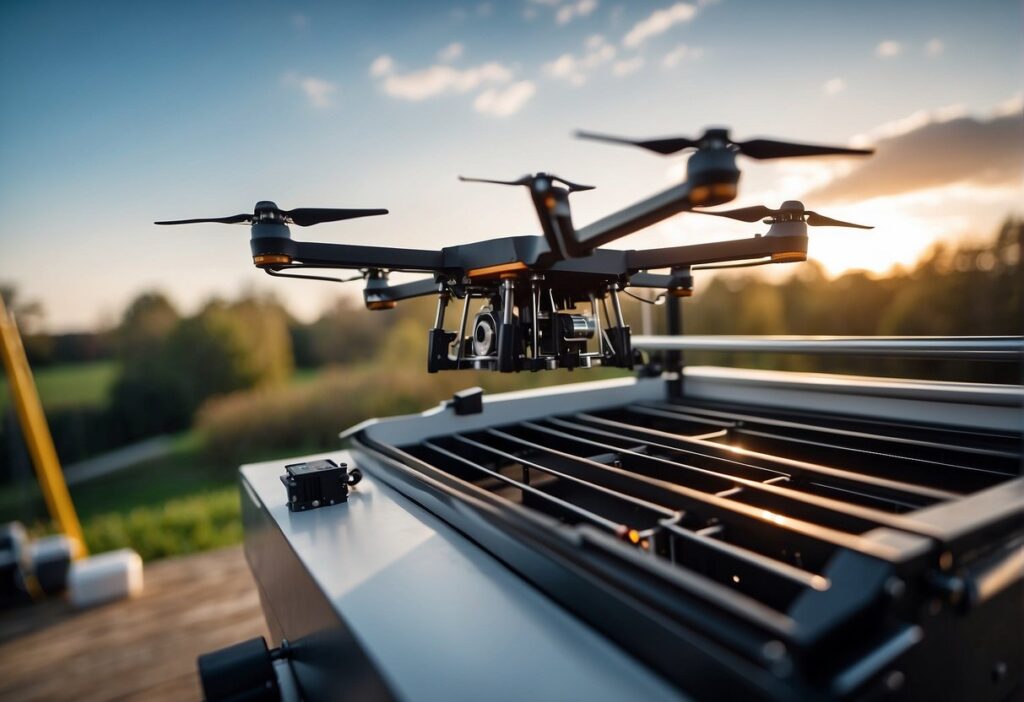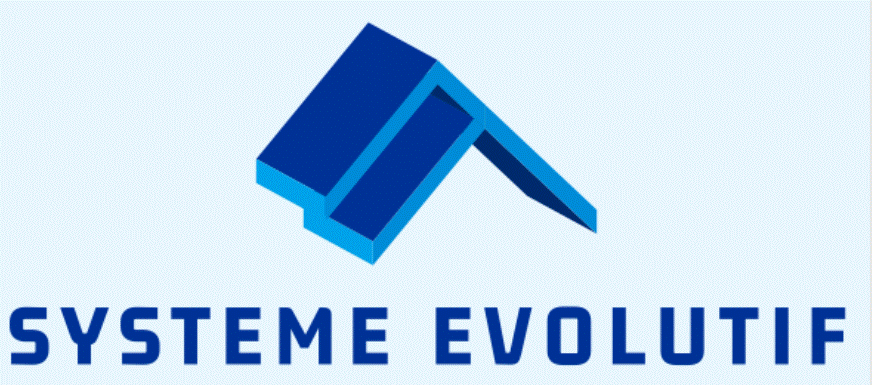UK Roofing Sector and Software Testing: Game Changing 3D Printing and Drones
Innovation in construction technology is altering the landscape of various industries, and software testing for roofing companies in the UK is no exception. The advent of 3D printing and the use of drones are contributing to significant advancements in quality control, precision and efficiency across the construction sector. These technological strides are enabling the best Southport roofers, for example to carry out more thorough inspections, assessments, and corrections with greater accuracy, all while reducing risks and ensuring compliance with stringent building regulations.

For UK roofing companies, the integration of 3D printing has been particularly transformative. This technology allows for the creation of accurate models and components, facilitating better planning and execution of roofing projects.
On the other hand, drones are becoming instrumental in identifying potential issues on rooftops that are difficult to access. They provide high-resolution imagery and data, which can be used for in-depth software testing and analysis. This combination of aerial surveying and 3D modelling is enhancing the precision of diagnostics and consequently the quality of roofing solutions offered.
As a result, software testing for roofing applications now involves a range of simulations and analyses that were not possible before.
The digital representations from 3D printing and the detailed insights from drone footage feed into sophisticated software, allowing for the meticulous vetting of roofing designs before any physical work commences. This proactive approach is setting new standards in the UK construction industry, ensuring roofing companies in the UK remain at the forefront of quality and innovation.
The Role of 3D Printing in Roofing Software Testing

3D printing is becoming an influential tool in transforming how roofing companies in the UK approach software testing. It serves to streamline the prototyping process, offer unprecedented customisation capabilities, and notably reduce material costs.
Enhanced Prototyping Speed
The integration of 3D printing technology allows roofing companies to rapidly create physical prototypes directly from digital models. This hastens the testing phase, as they can quickly evaluate the practical implications of a design, including its resilience and how it interfaces with existing roofing systems. As a result, roofing software can be fine-tuned to predict the performance of these prototypes with higher accuracy.
Customisation and Flexibility
Roofing software includes parameters that adjust for variables in design and construction, such as roof angle, material properties, and aesthetic features. 3D printing contributes to this by producing tailored components that meet specific design requirements. This flexibility ensures that the software can accommodate a wide range of roofing scenarios, rendering it a vital asset for producing custom solutions for complex roofing challenges.
Cost Reduction in Material Usage
Through precise layer-by-layer construction, 3D printing minimises waste during the prototype creation process. It enables the fabrication of parts using only the necessary amount of material, significantly lowering expenses. Roofing software testing benefits as it can incorporate data on material consumption and cost-efficiency, aiding in the development of more economical roofing solutions.
Adoption of Drones for Testing in the Roofing Industry
The introduction of drones is revolutionising the methodology for software testing within UK roofing companies by offering more precise data collection, improving safety standards, and enhancing time efficiency in assessments.
Improved Data Collection
Drones have substantially elevated the quality of data gathered for software testing in the roofing industry. They can swiftly conduct scans of vast areas, producing high-resolution imagery and detailed 3D models. This technology enables roofing companies to obtain accurate measurements and identify potential issues without the limitations of ground-based observation.
Key Advantages:
- Production of detailed orthomosaic maps
- Generation of 3D models for defect identification
Enhanced Safety for Inspectors
Safety is a paramount concern when inspecting roofs. Drones eliminate the need for inspectors to physically access high or difficult-to-reach areas, significantly reducing the risk of falls and injuries. This has the added benefit of companies being able to comply with stringent health and safety regulations more effectively.
Safety Enhancements:
- Risk Reduction: Inspectors operate drones from a safe distance
- Access to Hazardous Areas: Drones can inspect sites without endangering personnel
Time Efficiency in Site Assessment
Time-saving in site assessments is another critical contribution of drones. Traditional assessment methods can be time-consuming; drones expedite this process, allowing roofing companies to conduct more tests in less time. This increase in productivity leads to a faster turnaround in project completion.
Efficiency Improvements:
- Rapid Data Collection: A drone can survey an area much quicker than manual methods
- Multiple Site Capability: Operators can assess several sites in a single day
Integrating New Technologies into Existing Testing Frameworks
As UK roofing companies adopt innovative technologies like 3D printing and drones, the integration into existing software testing frameworks brings several key changes. These include addressing compatibility, revising testing protocols, and enhancing the proficiency of personnel.
Overcoming Compatibility Challenges
To effectively integrate new technologies such as drones and 3D printing, UK roofing companies must first surmount compatibility issues. It requires the evaluation of existing software to ensure seamless data interchange between old and new systems. For instance, the output from drones used in identifying structural weaknesses must be compatible with the software that analyses this data. Compatibility solutions may involve:
- Software updates or customisation to accept new data formats.
- Adopting middleware that acts as a translator between disparate technologies.
Updating Testing Protocols
Testing protocols must evolve to encompass the capabilities brought by these contemporary technologies. For 3D printing, where construction elements can be precisely replicated, testing for material quality and stability becomes paramount. The incorporation of drones demands a revised test suite that includes:
- Automated test cases for image recognition algorithms interpreting drone-captured data.
- Stress tests for data processing workflows reflecting increased volume and velocity.
Training and Skill Development
Finally, the workforce must be equipped with the necessary skills to handle innovative tools. Companies invest in training programmes that focus on:
- The operation of 3D printers and aerial drones.
- The interpretation of emerging data types, like high-resolution images and 3D models.
- Understanding integration points within software testing frameworks.
By ensuring compatibility, updating protocols, and cultivating a skilled workforce, UK roofing companies can leverage 3D printing, drones, and similar innovations to enhance their testing frameworks, driving the construction industry towards greater efficiency and accuracy.
Impact on The Quality of Roofing Products
The advent of construction innovations such as 3D printing and drones is markedly enhancing the quality of roofing products. They enable higher precision in production and bolster durability while fostering the use of environmentally sustainable materials.
Precision and Error Reduction
3D printing technology ensures exceptional accuracy in the manufacture of roofing components by translating digital designs directly into tangible products. With this technology, designs that are created with software are produced with the minutest details mirrored in the physical output. The margin for human error is significantly lessened, resulting in components that fit flawlessly with each other and adhere to the specified tolerances. In the context of UK roofing companies, this manifests as products with uniform quality and fewer defects.
Durability Testing Innovations
Advancements in drone technology are aiding durability testing by allowing roofing companies to deploy these devices to inspect and monitor roofing systems rigorously. Drones can efficiently detect areas of a roof structure that are susceptible to wear and tear, guiding improvements in the product’s design. They allow for frequent assessments without the risk and resource investment needed for manual inspections. This feedback loop between testing and production leads to roofing materials that can better withstand the UK’s varied climatic conditions.
Environmentally Sustainable Materials
Innovation in roofing also extends to the materials used, driven by an increasing need for sustainability. 3D printing gives rise to opportunities for utilising recyclable materials and reducing waste produced during the manufacturing process. Roofing products can be created using less material without compromising structural integrity, aligning with the United Kingdom’s stringent regulations and industry standards for sustainable construction practices. This shift contributes to the rise of green building standards and a notable reduction in the environmental footprint of roofing products.
Future Trends in Construction Testing Technologies
The UK’s roofing industry is on the cusp of a technological revolution, with the introduction of advanced testing technologies that promise to enhance both precision and efficiency.
Predictive Analysis and Machine Learning
With the deployment of predictive analysis and machine learning, roofing companies in the UK can anticipate potential faults and the lifespan of roofing materials. These technologies facilitate the analysis of large datasets, enabling more accurate forecasts of roofing performance under diverse environmental conditions.
Expansion of Automated Testing
The adoption of automated testing is set to broaden, driven by its ability to provide consistent and repeatable results. Drones and 3D printing technologies are pivotal for the UK roofing firms, offering non-intrusive and detailed inspections of hard-to-access roofing areas. Automated testing can significantly reduce the time needed for data collection and analysis, increasing the overall productivity of the roofing sector.
Collaborations Between Tech and Roofing Firms
Partnerships are emerging between technology companies and roofing firms to tailor construction testing software for specific needs. These collaborations aim to streamline testing protocols and integrate them with current workflows seamlessly. As a result, UK roofing companies are gaining access to customised tools that enhance both the precision and reliability of construction testing.
